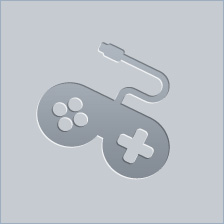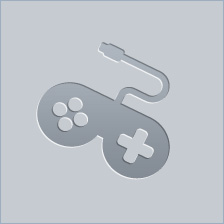ScourgeBringer review

I have become fully convinced that it is possible to squeeze an action roguelite down to iOS screens and keep the action manageable for touch screens. Gunfire Reborn did it. Fury Unleashed did it. Weirder variations like Descenders managed it, and even Dead Cells feels mostly fine on iOS (though vastly better with a bluetooth controller). So why then do I find myself feeling less-than-enthused spending time with ScourgeBringer? Well, the short version is that the core of the game relies on loosely connected ideas that never really form a cohesive whole.

Near perfect port
If the only reason you are reading this review is to understand how the iOS version of ScourgeBringer is, then know this is a high quality mobile port. The game looks sharp and plays well. It also has perfect bluetooth controller support if you are into that.
The only room for improvement I can readily identify is the lack of iCloud support. This includes not just the ability to share progress across devices but also retain your progress after deleting the app. This seems to be a rare thing to find across most iOS releases these days (unless they are Apple Arcade titles), but nevertheless it is a noticeable absence.
Deadly dasher
For those who may be less familiar with the game, ScourgeBringer is a roguelite where you play as a fierce warrior who can dash, jump, wall run, slice, and shoot her way through tiny, box-like rooms to take on bosses and try to uncover her mysterious past. These rooms are stitched together in a procedural way and your goal is to find your way through them to a boss that you must defeat before moving on to the next grid of rooms to fight through.
ScourgeBringer's combat revolves a lot around the traversal options you have in addition to the attacks you have at your disposal. Dodging, using cover, bouncing between enemies to interrupt their attacks, and lots of jumping are arguably just as important as the gun and sword you use to slay enemies. You can't just use these abilities to bypass combat, though, as each room in ScourgeBringer locks you in until you've defeated one or more waves of foes that spawn in. These combat encounters usually move pretty quickly and the game rewards you with more currencies to buy items and upgrades for your character by chaining together kills in quick succession.

Hash and slash
ScourgeBringer is structured just like a traditional roguelite, where death is expected and every retry gives you an opportunity to start your run with slightly better perks you can unlock with currency retained between runs. If the action is too intense, the game also has an "accessibility" menu where you can adjust things like game speed, health regen assist, and more.
All of this is fine. The moment-to-moment action is appropriately thrilling as well. I just can't get myself excited about playing ScourgeBringer, though, and I think it's because its entire design is lifted pretty directly from other games without a ton of regard for making the components work together or teach you--the player--how they should. In all my time with the game it wasn't clear to me what I can or should save my gun ammo for, for example, or why I should worry about deflecting bullets when sometimes counters damage me anyway. I kept playing ScourgeBringer trying to find answers, but would just keep finding more questions like these.
The bottom line
ScourgeBringer is effectively playable on small screens thanks to this iOS port, but even the most perfect port of this game wouldn't address some of the key design issues that eventually make its action feel tiring and tedious.


















